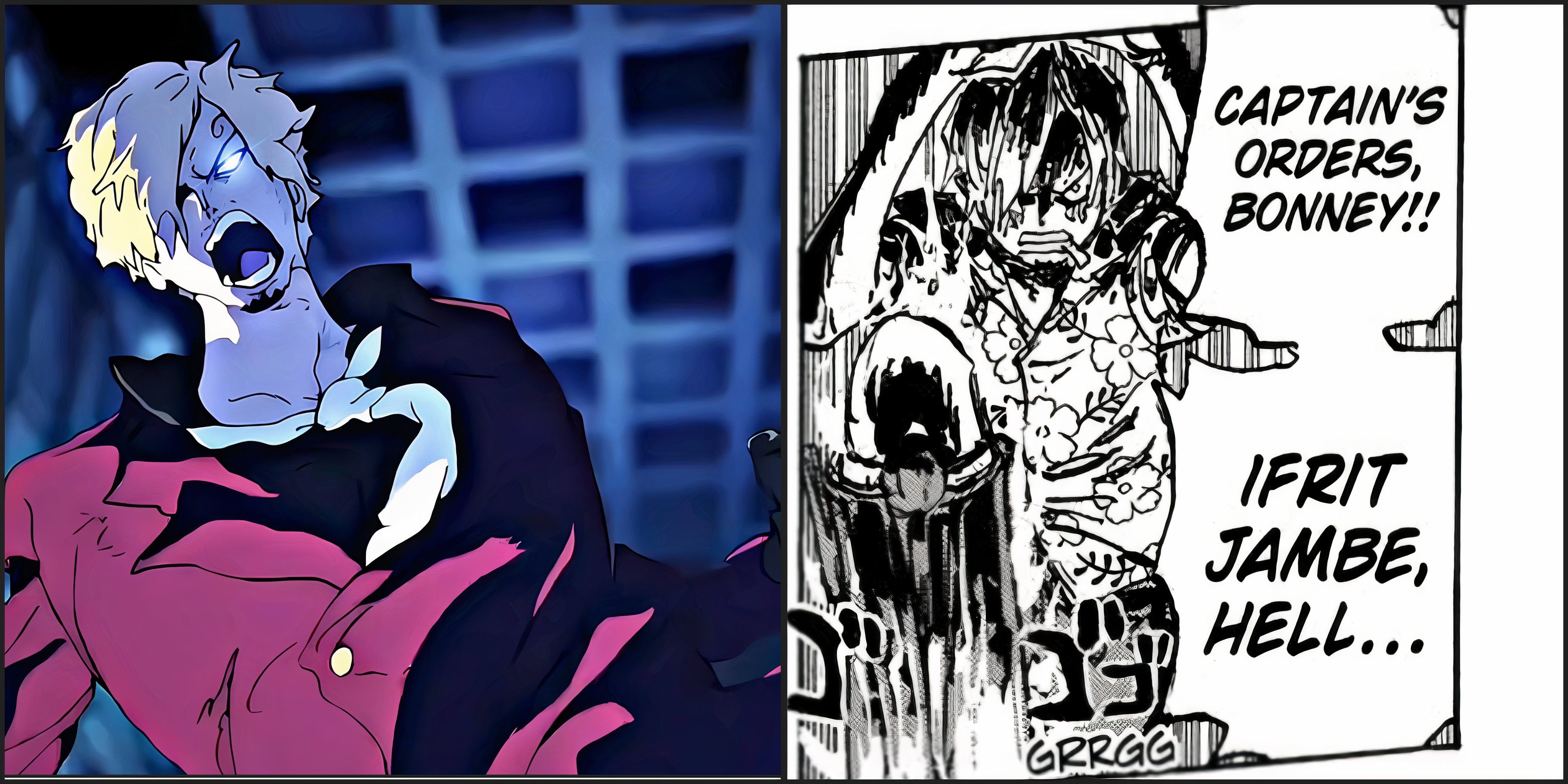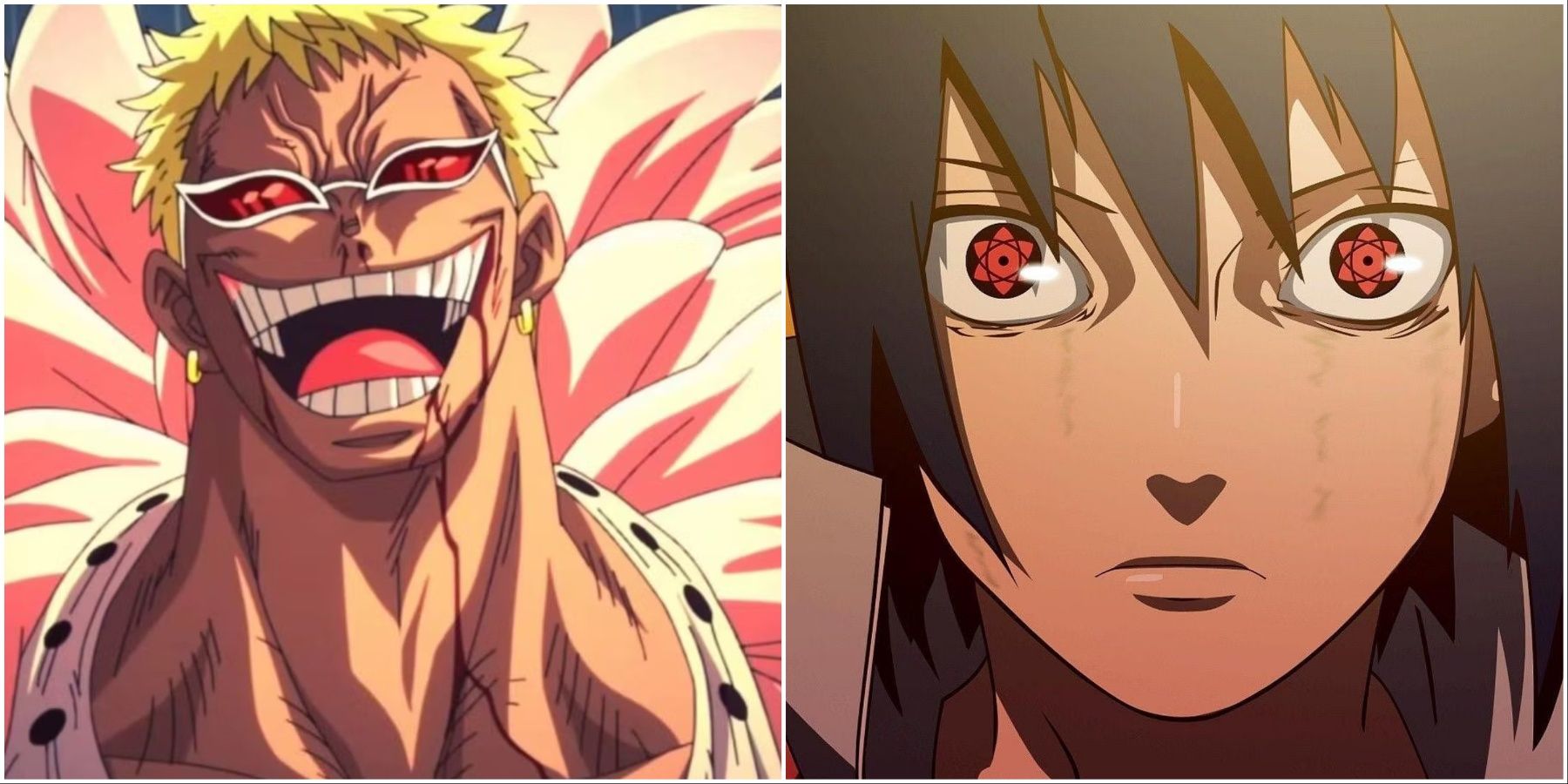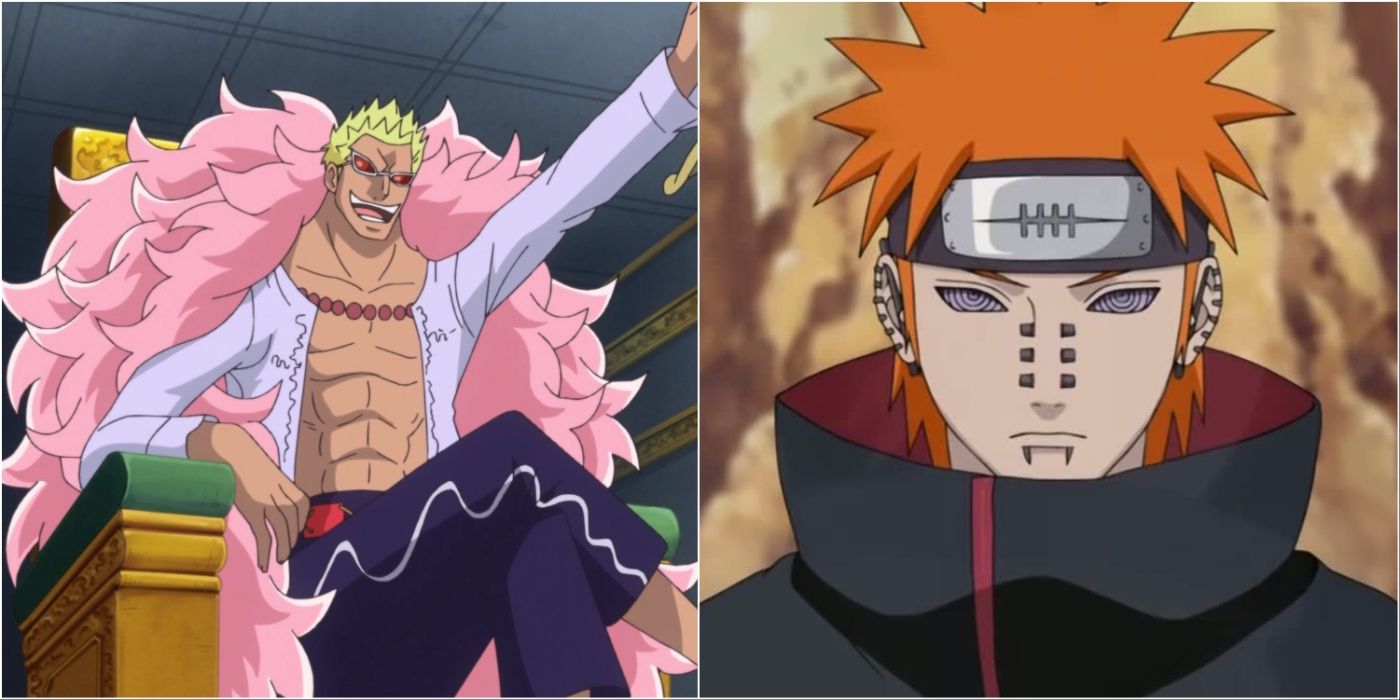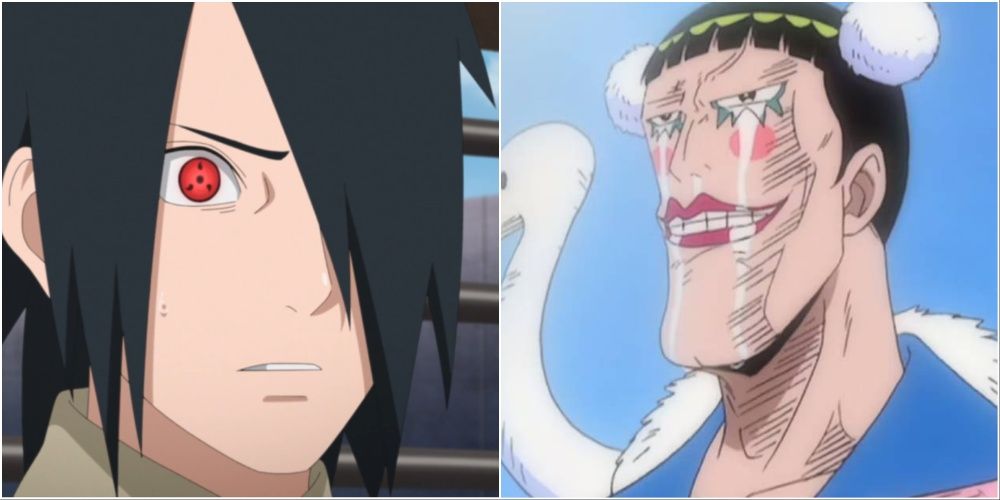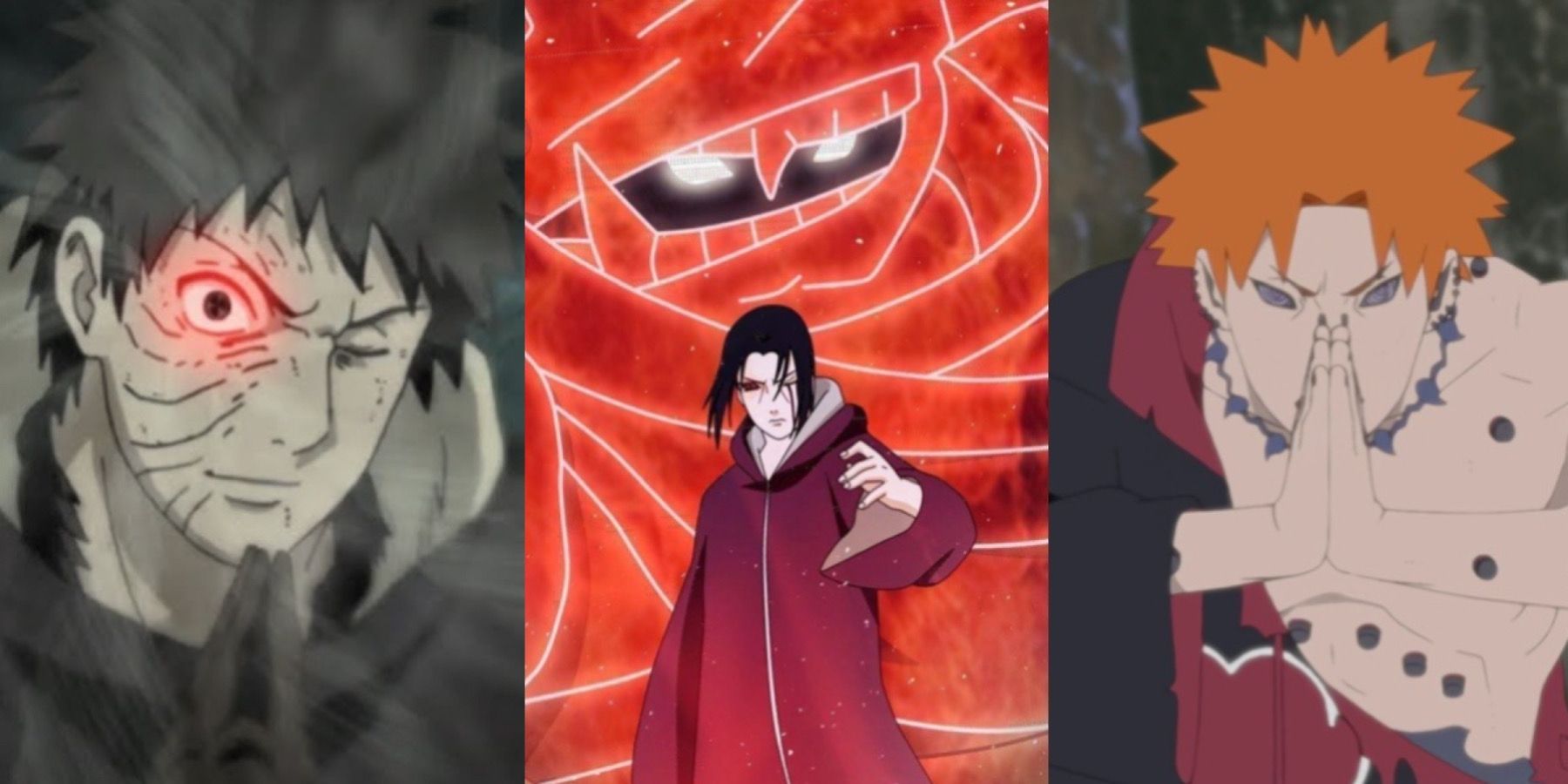Highlights
- The villains in One Piece and Naruto are complex and multifaceted, with intricate motivations and compelling backstories that add depth to their characters.
- Both series feature redemption arcs for their villains, but Naruto's redemption arcs are more extensive and impactful, allowing for deeper exploration of character growth and transformation.
- One Piece and Naruto blur the lines between good and evil, presenting villains with moral complexity and challenging viewers' perceptions of right and wrong. Naruto also emphasizes ideological conflicts, while One Piece focuses on societal injustices and personal ambitions.
One Piece and Naruto, two beloved anime series, have captivated Otakus worldwide with their rich storytelling and memorable characters. One significant aspect contributing to their enduring popularity is the compelling gallery of villains these series offer.
The enigmatic and multifaceted villains that challenge the protagonists at every turn are central to the charm of these two series. In One Piece, the villains often embody complex ideologies and power struggles that drive the narrative into uncharted waters. Meanwhile, in Naruto, the villains' compelling motivations, deeply rooted traumas, and paths to redemption play pivotal roles in shaping the destiny of ninja warriors.
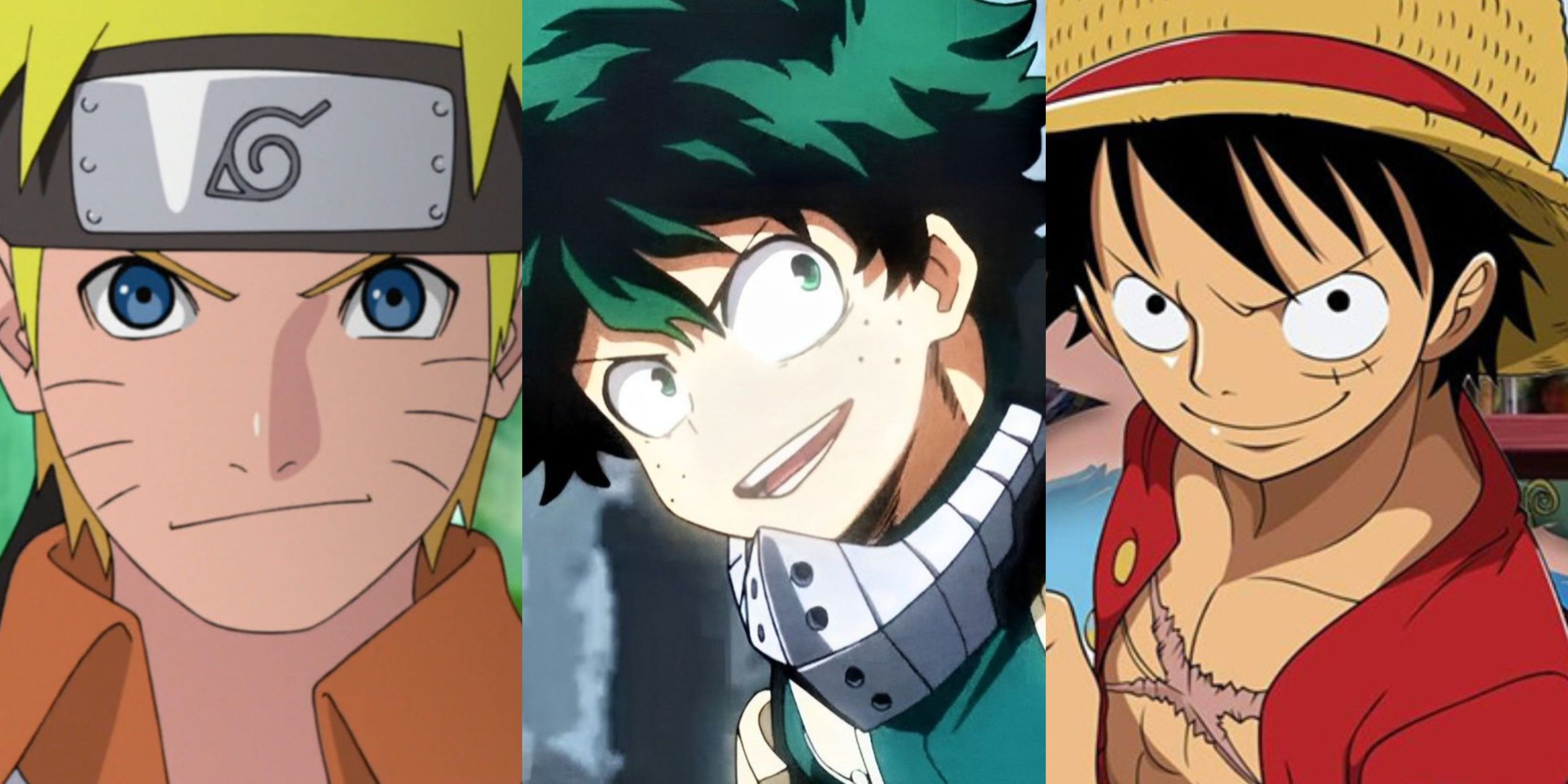
Battle Shonen Anime Protagonists Who Have Killed No One
Adhering to a strict moral code where the act of taking life is a cardinal sin, these shonen protagonists exemplify showing mercy to one's foes.
Motivations And Backstories
In Naruto, villains are often portrayed with complex motivations and tragic backstories. Many have personal reasons for their actions, which adds depth to their characters. In One Piece, villains can have intricate motivations but often represent broader themes or ideologies. In other words, while One Piece also gives depth to its villains, it places more emphasis on their unique personalities and aspirations rather than extensive backstories. Villains in One Piece exhibit diverse motivations, often involving power, control, and pursuing their dreams. They embody the inherent conflicts and struggles within a world driven by ambition and the desire for dominance.
Characters such as Doflamingo, Crocodile, and Blackbeard exemplify these motivations. Doflamingo's motivation stems from his passion for absolute power, rooted in his past as a member of the Celestial Dragons. His quest to control Dressrosa and his twisted ideology of enslaving others reflect his insatiable thirst for dominance and control. Also, Blackbeard's motivation is characterized by his relentless pursuit of power. His backstory as a member of the Whitebeard Pirates and subsequent betrayal showcases his unyielding ambition to claim the strongest devil fruit abilities and become the Pirate King.
Moreover, the villains in Naruto exhibit various motivations, often from personal traumas, societal pressures, and quests for revenge. They challenge the established order and ideologies, prompting reflection on the nature of good and evil. Notable examples include Pain, Sasuke, and Itachi Uchiha. Sasuke's tragic past motivates him and fuels his desire for revenge against those who wronged him. His quest for power and vengeance shapes his character development and serves as a driving force for the narrative. Sasuke's internal conflict and relationship with Naruto are focal points for exploring themes of friendship, redemption, and justice.
Almost all the villains in Naruto have tragic backstories, and the creator, Masashi Kishimoto, makes it imperative to delve deeper into the characters so that Otakus will carry the burden of some of these characters and sympathize with them. The character of Itachi Uchiha is one of the most complex in Naruto, and his backstory reveals the complexity of his motivations. Initially portrayed as a villain, it is revealed that Itachi massacred his clan to prevent a potential civil war and protect his brother, Sasuke. His actions challenge the notion of absolute good and evil, shedding light on the sacrifices made for the greater good.
Redemption Arcs
The concept of redemption arcs has become a staple in storytelling, allowing villains to undergo transformative journeys that challenge their previous actions and ideologies. Both One Piece and Naruto feature compelling redemption arcs for their villains, exploring themes of growth, forgiveness, and the potential for change, but Naruto's is far more pertinent in this aspect. Robin's redemption arc spans across the Water 7 and Enies Lobby arcs. Initially presented as an elusive and untrustworthy character, Robin's backstory reveals her tragic past as an outcast and her involvement with the clandestine organization CP9. Robin gradually discovers a sense of belonging through her interactions with the Straw Hat Pirates and learns to confront her fears. Her redemption arc culminates in a decisive moment where she proclaims her desire to live, leading to a pivotal shift in her character and the acceptance of her new family. Bon Clay also falls in this category of antagonist turn ally. His redemption arc reaches its zenith during the Impel Down prison breakout and how he sacrifices his life for his trusted Nakama, Monkey D. Luffy.
On the other hand, the redemption arc in Naruto is much more complex and profoundly impacts the overall narrative. Initially introduced as a ruthless and unstable antagonist, Gaara undergoes a redemption arc that spans several arcs in Naruto. His backstory reveals a childhood filled with trauma, loneliness, and the burden of being a jinchuriki. Through his encounters with Naruto and his growth as the Kazekage of the Hidden Sand Village, Gaara learns the value of connection, friendship, and protecting others. More significant characters that were redeemed in the series are the Akatsuki members, Pain, Obito, and Itachi, amongst others.
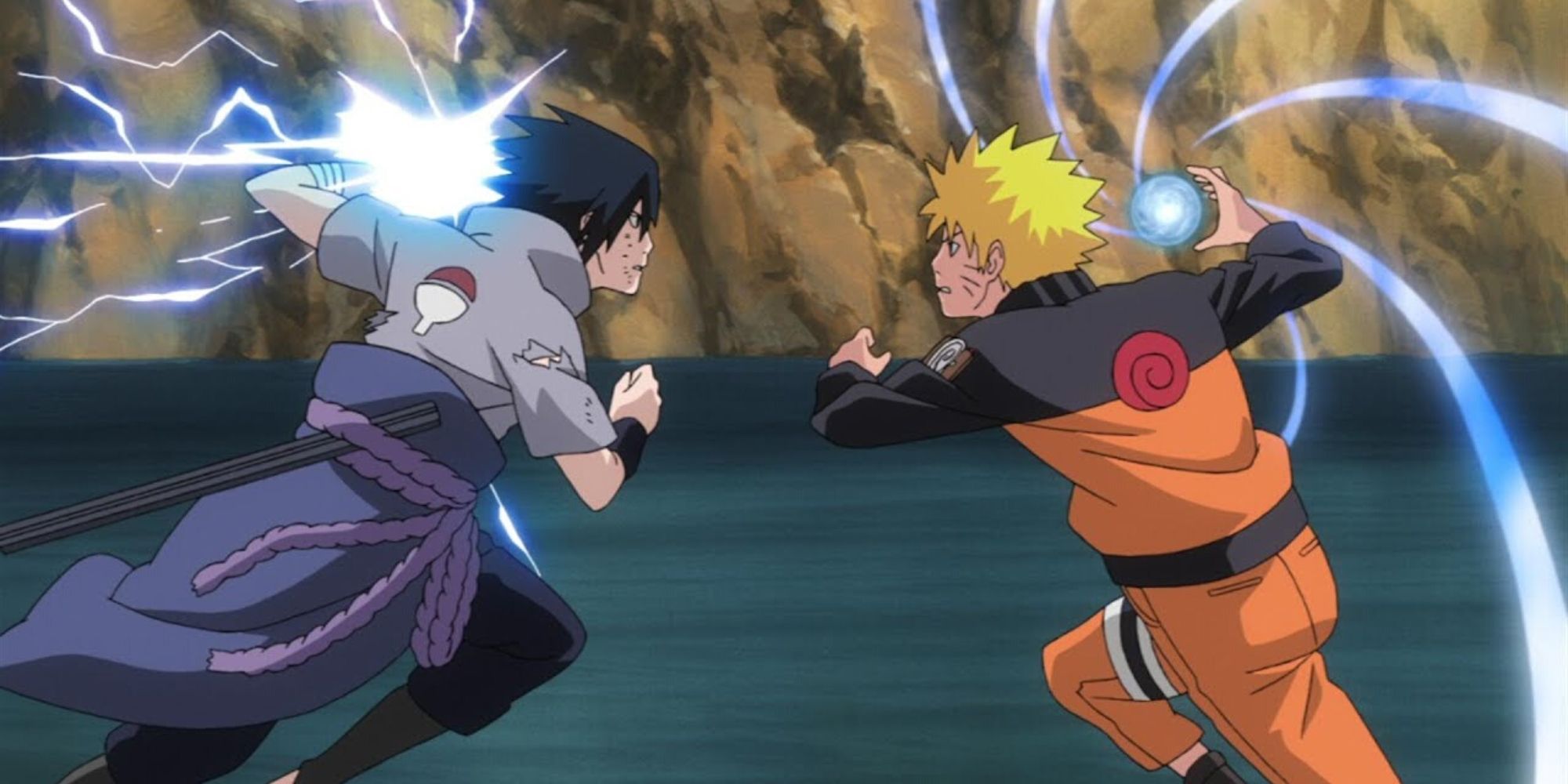
Naruto: Is The Rasengan Actually More Powerful Than Chidori?
Representing the rivalry between Naruto and Sasuke through their signature attacks, is there a resolution to this debate?
The list of characters who underwent a redemption phase in Naruto is far more intricate than One Piece. The redemption arcs in Naruto, particularly Sasuke's, span a significant portion of the series, allowing for a more in-depth exploration of the characters' growth and transformation. Sasuke undergoes a gradual transformation as he embarks on his thirst for revenge. Ultimately, Sasuke finds redemption as he seeks to protect the village he once sought to destroy and mends his relationship with Naruto.
The redemption arcs in One Piece are more contained within specific arcs, offering focused character development but with a narrower scope. A common element shared between the two Shonen series is the exploration of the themes of redemption, and the potential for change.While One Piece emphasizes themes of camaraderie, loyalty, and the power of friendship in facilitating redemption and personal growth, Naruto redemption arcs delve deeper into the complexities of individual identity, societal expectations, and the cyclical nature of hatred and revenge.
Moral Complexity
Many villains in One Piece and Naruto blur the lines between good and evil, showcasing moral ambiguity in their actions and choices. Both One Piece and Naruto excel in presenting villains with complex motivations. They explore the underlying factors that shape their actions, often rooted in personal experiences or societal injustices. This complexity challenges Otaku's perception of right and wrong, blurring the lines between hero and villain. In One Piece, the character of Doflamingo, although cruel, the Ito Ito no Mi devil fruit man, is driven by a desire for power and control that stems from his traumatic upbringing. This complex portrayal challenges the notion of pure evil and prompts reflection on the impact of environment and circumstance.
The character of Itachi, on the other hand, who is initially portrayed as a villain, is revealed to have complex motivations and a hidden agenda. Despite killing his whole clan, his actions were driven by a greater purpose. His moral ambiguity raises questions about sacrifice, duty, and the lengths one would go to preserve peace. Also, the formidable Nagato, also known as Pain, is a villain whose actions are deeply rooted in pain and sorrow. His belief in bringing about peace through force leads him to commit acts of immense destruction. His morality challenges the notion of justice and prompts reflection on the cycle of violence.
While both series showcase moral ambiguity, Naruto strongly emphasizes ideological conflicts. It presents villains driven by their visions for a better world, pushing Otakus to consider the validity of their perspectives. In other words, the villains in Naruto encourage empathy, highlighting the complexities of human nature and the potential for redemption. On the other hand, One Piece focuses more on societal injustices and personal ambitions, challenging viewers to question the legitimacy of the villains' goals.

